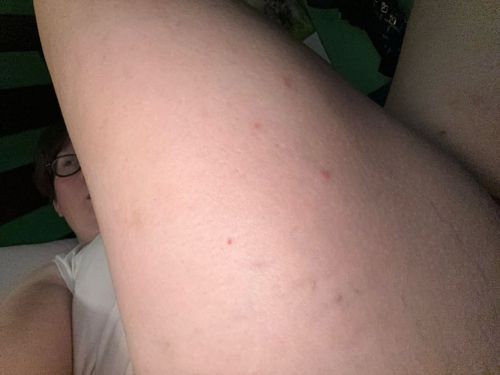Bed Bug
Scientific Name: Cimex lectularius
Order & Family: Hemiptera (true bugs) / Cimicidae
Size: 4-5 mm (adults)

Natural Habitat
Dwellings where humans sleep, including mattresses, bed frames, furniture, cracks in walls, and behind wallpaper. They are highly adaptable and can be found in homes, apartments, hotels, dormitories, and even public transportation.
Diet & Feeding
Exclusively blood of warm-blooded animals, primarily humans.
Behavior Patterns
Bed bugs are primarily nocturnal, feeding on human blood while their host is asleep. They are very adept at hiding in cracks and crevices during the day, making them difficult to detect. Females lay 1-5 eggs per day, which hatch in 6-17 days. Nymphs mature in about a month under optimal conditions, going through 5 instars before reaching adulthood.
Risks & Benefits
Potential Risks: Bed bug bites cause itchy welts, leading to discomfort, sleep deprivation, and secondary skin infections from scratching. While not proven to transmit diseases, their presence can cause significant psychological distress. Potential Benefits: None to humans; in nature, they serve as a food source for some other insects, but their impact is generally negative in human environments.
Identified on: 9/4/2025